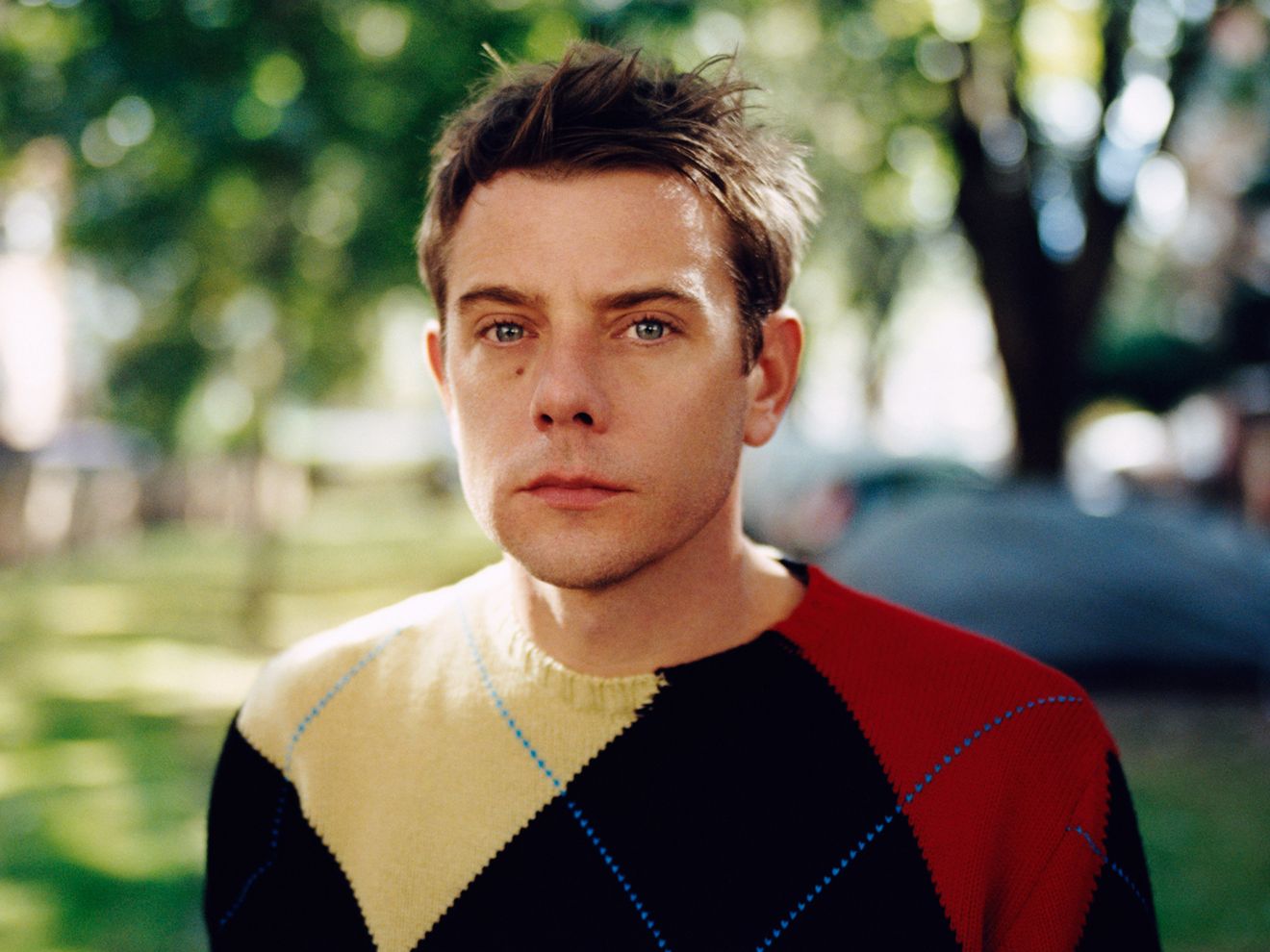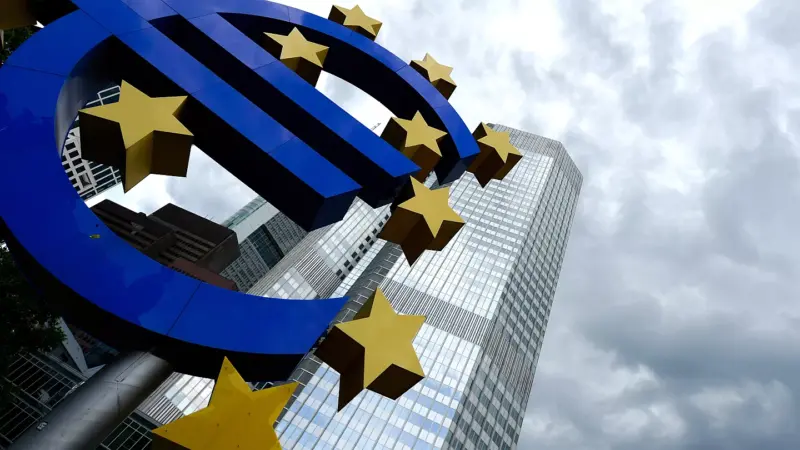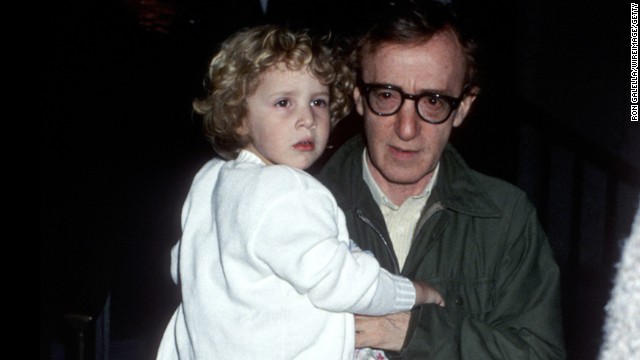Exploring Demna Gvasalia's Role At Gucci

Table of Contents
Gvasalia's signature style and its potential impact on Gucci:
Deconstruction and Reinterpretation: Gvasalia’s signature is his deconstructed silhouettes, often incorporating streetwear elements and unexpected juxtapositions. Think oversized tailoring, repurposed fabrics, and a general sense of playful rebellion against traditional high fashion. How would this have played out at Gucci? His approach might have clashed with Gucci’s existing heritage, characterized by its elegant tailoring and refined aesthetic. However, it also held the potential to revitalize the brand, injecting a much-needed dose of edgy modernity.
- Examples in Balenciaga and Vetements: Consider Balenciaga’s wildly popular Triple S sneakers, a prime example of Gvasalia's deconstructionist approach, blending high fashion with streetwear sensibilities. Or the oversized, often ironically oversized, silhouettes seen throughout Vetements' collections. These elements could have been seamlessly integrated into Gucci’s existing lines, creating a unique fusion of heritage and street style.
- A new, more edgy Gucci: Imagine Gucci's iconic loafers reimagined with chunky soles and unexpected materials, or their classic handbags deconstructed and rebuilt with a more industrial aesthetic. This would undoubtedly have appealed to a younger demographic.
Subversive Branding and Logo Play: Gvasalia is known for his manipulation of branding and logos. At Vetements, he famously used DHL branding in his designs, subverting expectations and challenging traditional notions of luxury. At Gucci, this might have meant a reimagining of the iconic Gucci logo, perhaps incorporating it into unexpected contexts, or even re-contextualizing it altogether.
- Street-style oriented Gucci campaign: A Gvasalia-led Gucci might have featured campaigns that were less about traditional luxury and more about provocative visuals and subversive messaging.
- Potential Negative Reactions: Such bold moves could have alienated loyal customers accustomed to Gucci's more traditional branding, but it could also have generated a significant amount of buzz and media attention.
Collaboration and Inclusivity: Gvasalia is a master of collaboration, frequently working with other brands and artists. This collaborative spirit could have been translated into numerous exciting projects at Gucci. He tends to embrace a more inclusive approach to casting and imagery, which could have expanded Gucci's audience and broadened its appeal.
- Potential Collaborations: Imagine Gucci collaborating with emerging streetwear brands, musicians, or artists under Gvasalia’s direction. The potential for wider appeal with collaborations and more diverse models is vast.
- Expanding Inclusivity: His inclusive casting choices could have reflected a wider range of body types, ethnicities and genders in Gucci’s campaigns and runway shows.
Contrasting Gvasalia's aesthetic with Gucci's existing identity:
Heritage vs. Streetwear: This is the core tension. Gucci's heritage is rooted in classic Italian craftsmanship and refined elegance. Gvasalia's aesthetic, on the other hand, is heavily influenced by streetwear, often characterized by a more rebellious and deconstructed approach. This inherent contrast could have been a source of both conflict and innovation.
- Potential Conflicts: Integrating Gvasalia's style could have led to internal disagreements about the brand's identity and design direction.
- Navigating the Contrast: A successful integration would have involved a careful balance, perhaps creating distinct lines that cater to different customer segments.
The Role of Alessandro Michele: Alessandro Michele's tenure at Gucci was marked by a highly successful revival of the brand's romantic and eclectic aesthetic. Gvasalia's vision would have been a stark departure from this, potentially alienating a significant portion of Gucci's customer base.
- Market Response: The drastic shift would likely have generated significant discussion and debate among fashion critics and consumers.
- Comparing Styles: A comparison between Michele's romantic maximalism and Gvasalia's deconstructed minimalism highlights the vast difference in creative approaches.
The Potential Financial and Cultural Impact of a Gvasalia-led Gucci:
Market Response and Brand Value: A Gvasalia-led Gucci could have attracted a significantly younger demographic, boosting sales through new, more edgy products. However, it might have alienated existing customers who value Gucci's more classic image, potentially impacting brand value negatively.
- Increased Sales: New, younger customers could mean substantial revenue increases.
- Risk of Alienation: The risk of alienating established customers must be considered carefully.
Cultural Impact and Fashion Discourse: Gvasalia’s work often sparks intense conversations within the fashion industry and beyond. A Gvasalia-led Gucci would have undoubtedly made a significant cultural impact, generating both praise and criticism.
- Influencing Fashion Trends: His designs often set trends and influence other designers.
- Generating Controversy: His work is frequently provocative and thought-provoking, sparking debate and discussion.
Conclusion:
While Demna Gvasalia never led Gucci, exploring this hypothetical scenario allows us to appreciate the unique creative forces at play in the fashion world. His distinct design philosophy, characterized by deconstruction, subversive branding, and a penchant for blending high fashion and streetwear, would have undoubtedly reshaped Gucci's identity. While there are risks involved in such a bold shift, the potential for innovation and increased market appeal is undeniable. Ultimately, the "what if" surrounding Demna Gvasalia at Gucci remains a compelling exercise in creative speculation, highlighting the power of diverse design visions to influence the luxury landscape. Further research into Demna Gvasalia's design principles and Gucci's brand history will continue to shed light on this fascinating hypothetical scenario. Continue exploring the world of high fashion by researching more about Demna Gvasalia Gucci and its potential.

Featured Posts
-
 Sergey Yurskiy Vecher Pamyati V Teatre Mossoveta
May 24, 2025
Sergey Yurskiy Vecher Pamyati V Teatre Mossoveta
May 24, 2025 -
 La Caduta Delle Borse Analisi Dell Impatto Dei Dazi Ue E Prospettive Future
May 24, 2025
La Caduta Delle Borse Analisi Dell Impatto Dei Dazi Ue E Prospettive Future
May 24, 2025 -
 Net Asset Value Nav Of Amundi Msci World Catholic Principles Ucits Etf Acc What Investors Need To Know
May 24, 2025
Net Asset Value Nav Of Amundi Msci World Catholic Principles Ucits Etf Acc What Investors Need To Know
May 24, 2025 -
 Best Of Bangladesh In Europe 2nd Edition Focuses On Collaboration And Growth
May 24, 2025
Best Of Bangladesh In Europe 2nd Edition Focuses On Collaboration And Growth
May 24, 2025 -
 Relx Ai Gedreven Groei Ondanks Economische Tegenwind
May 24, 2025
Relx Ai Gedreven Groei Ondanks Economische Tegenwind
May 24, 2025
Latest Posts
-
 Sean Penn Weighs In On Dylan Farrows Accusations Against Woody Allen
May 24, 2025
Sean Penn Weighs In On Dylan Farrows Accusations Against Woody Allen
May 24, 2025 -
 Controversy Surrounding Woody Allen Sean Penns Perspective
May 24, 2025
Controversy Surrounding Woody Allen Sean Penns Perspective
May 24, 2025 -
 The Sean Penn Woody Allen Dylan Farrow Controversy
May 24, 2025
The Sean Penn Woody Allen Dylan Farrow Controversy
May 24, 2025 -
 Woody Allen Sexual Assault Allegations Sean Penns Doubts
May 24, 2025
Woody Allen Sexual Assault Allegations Sean Penns Doubts
May 24, 2025 -
 Sean Penns Response To Dylan Farrows Allegations Against Woody Allen
May 24, 2025
Sean Penns Response To Dylan Farrows Allegations Against Woody Allen
May 24, 2025
